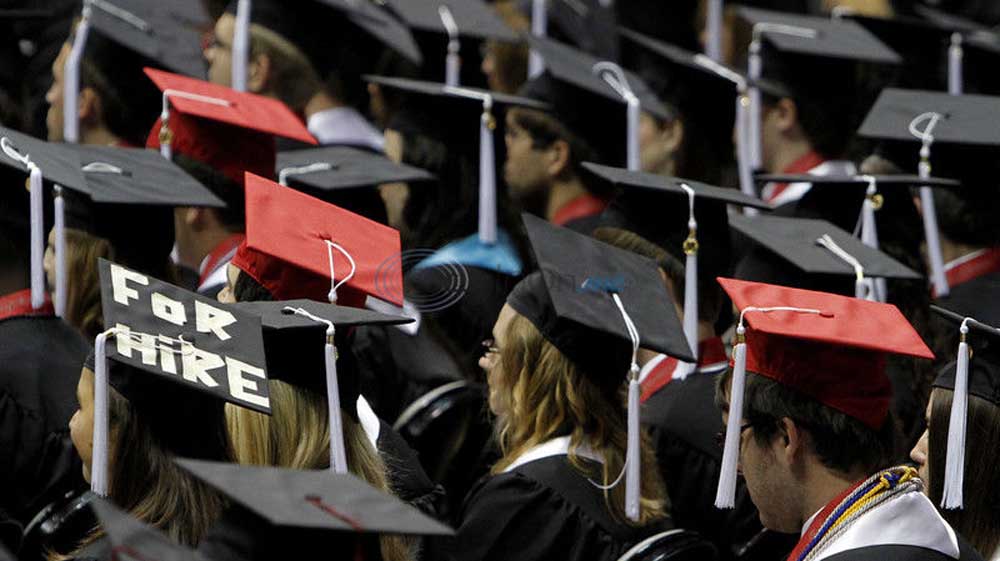Student loan rates won’t help defaults
Published 7:37 pm Sunday, November 22, 2015

- The percentage of Americans who default on student loans has more than doubled since 2003. Butch Dill/AP
It’s something we’ve said for a long time now; lowering student loan interest rates is nice, but it does absolutely nothing to help reduce the skyrocketing cost of a college education (in fact, as it expands federal involvement in the process, it very likely increases the cost, as other studies show).
But now, a report from the Bloomberg News Service adds a new dimension to the debate. Lowering the student loan interest rates does help some students – the ones who don’t need it.
“Why lowering student loan rates would mostly help big earners,” the headline reads.
“The $1.3 trillion of student debt held by Americans is looking like an increasingly risky bet,” Bloomberg explains. “One in four borrowers is delinquent or in default on his or her student loans, meaning either 180 or 270 days late in paying back what’s owed. One idea for fixing that problem, hailed by many Democrats, is to lower interest rates on many of those loans.”
Now, technically, that’s not a fix for the problem, that’s rearranging the lipsticked pigs on the deck of the Titanic. But to let Bloomberg continue:
“But new research suggests lowering rates probably won’t do much to stem defaults,” the news agency writes. “While it would make repayment easier for millions of borrowers, a large-scale refinancing would help people with tons of debt more than people with small balances. The people with the smallest balances are the most likely to default.”
In other words, people with high loads of student loan debt are, for the most part, the ones more likely to have higher-paying jobs once they’re out of school. Elite and Ivy League colleges are expensive. But in general, a student graduating from one of them can hope to see a heftier paycheck in the working world. Law school and medical school are expensive, but lawyers and doctors are, in general, more able to repay those loans.
There are exceptions; there are people who rack up the loans for a doctorate in an obscure academic discipline. But even they have academia to fall back on.
According to the American Enterprise Institute, cutting interest rates “simply lowers everyone’s payments, and borrowers with the highest debt get the largest benefit, whether they are having trouble repaying or not.”
As Bloomberg writes, lowering interest rates won’t do much to help those really in trouble: “Those are the borrowers at the biggest risk of default: A third of all borrowers with $1,000 to $5,000 in debt default on their loans, compared with 18 percent of those with more than $100,000 in student loans.”
Still, the policy has its supporters – particularly, those folks with big loans. As Jason Delisle of the New Americas Foundation notes, “those people vote.”
What does real reform look like in regard to college costs? It begins with innovation and expanded opportunity. A great example is the “$10,000 degree” challenge extended to Texas universities by then-Gov. Rick Perry. Now 13 state universities have accepted the challenge and offer such a program.
That’s what helps students.







